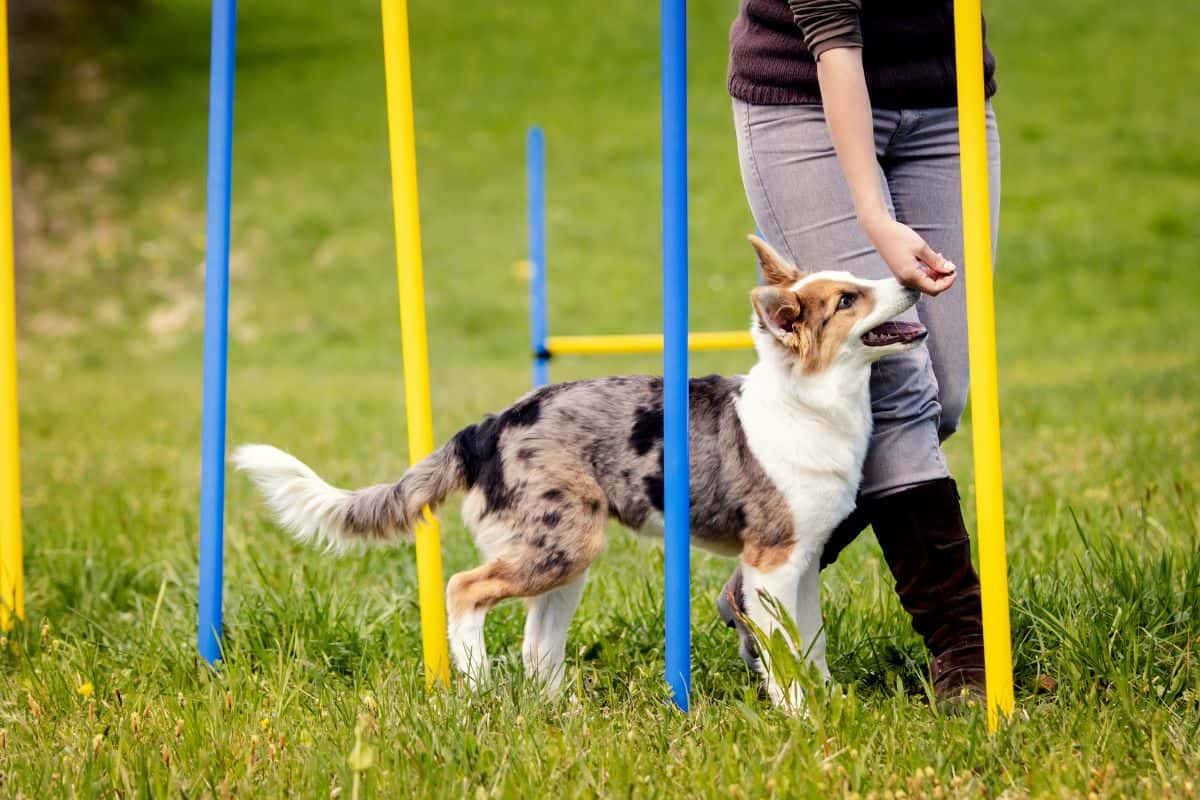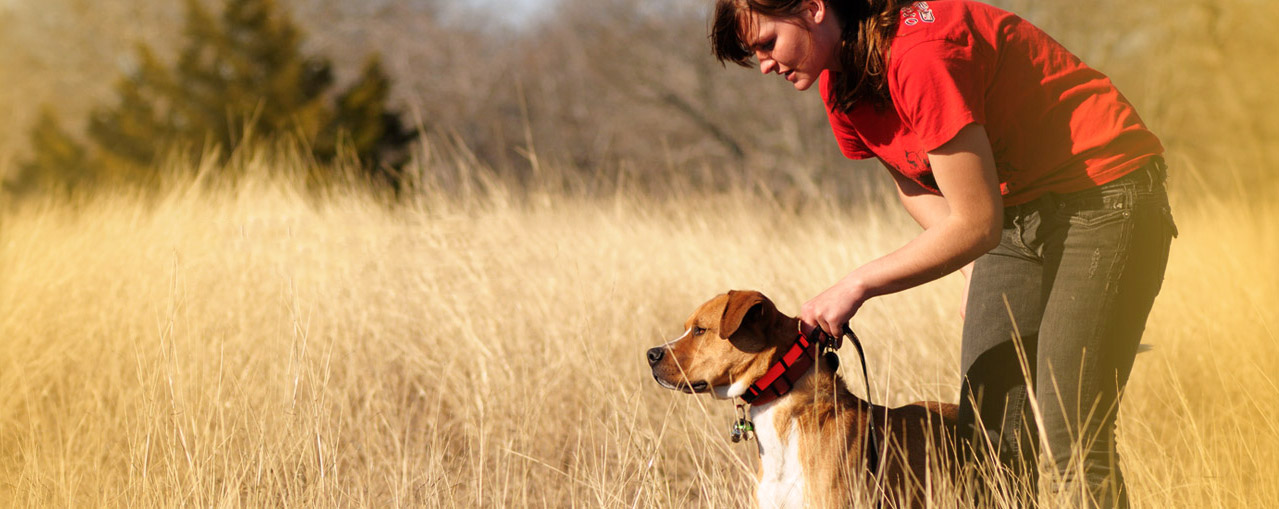Important Tips for Successful Dog Training: A Guide for Animal Owners
Reliable canine training is a diverse procedure that requires a critical strategy tailored to both the animal's temperament and the owner's purposes. Understanding exactly how to navigate these barriers can significantly boost the training experience, eventually transforming the partnership in between owner and pet.
Recognizing Canine Behavior
Recognizing dog actions is vital for efficient training and cultivating an unified partnership in between pooches and their proprietors. dog training. Pets communicate mostly via body language, articulations, and actions, making it vital for proprietors to interpret these signals precisely.

Socializing plays a substantial function in pet dog habits; exposure to numerous atmospheres, people, and various other pets can dramatically affect a dog's temperament. Aspects such as type attributes and private character should direct training techniques, as some breeds may have certain behavior characteristics that necessitate customized approaches. By understanding these components, owners can develop a helpful environment that motivates positive habits, causing successful training results and a deeper bond with their pets.
Establishing Regular Commands
Effective interaction with your pet dog begins with developing constant commands. This foundational aspect of training is crucial for cultivating understanding between you and your animal. Uniformity in the commands you utilize ensures that your pet can accurately link specific words or phrases with the desired habits.
When picking commands, pick clear, distinct words that are easy to distinguish and state from one an additional. Avoid making use of similar-sounding commands that may perplex your dog. Utilizing "rest" and "stay" is suitable, yet "rest" and "hit" can lead to misunderstandings.
In addition, preserve the same tone and quantity for every command. Pets are sensitive to vocal signs, so varying your tone can produce complication.
It is just as important to make sure that all family participants get on the same page concerning the commands made use of. A united front in command usage will certainly avoid combined signals and enhance the understanding procedure.
Favorable Reinforcement Techniques
The power of positive reinforcement in pet training hinges on its capability to motivate wanted behaviors through benefits and praise. This technique is based in the concept that actions followed by positive results are extra likely to be repeated. By integrating positive reinforcement right into your training routine, you can effectively form your canine's habits in a constructive manner.
To apply positive reinforcement, it's important to identify what inspires your canine, whether it be deals with, toys, or verbal appreciation. When your pet dog executes a wanted action, such as resting on command, immediately award them with a reward or affection. This organization in between the command and the favorable outcome reinforces their understanding.
It's essential to timing the benefits properly; supplying the reinforcement within secs of the preferred behavior helps your canine make the connection (dog training). Additionally, consistency is essential-- make certain that all relative use the very same commands and benefit systems to stay clear of confusion

Slowly, you can decrease the regularity of treats as your pet discovers the habits, transitioning to applaud or intermittent benefits. This method not just fosters a solid bond between you and your pet yet likewise promotes a positive learning atmosphere, making educating a satisfying experience for both.
Socialization and Interaction
Constantly revealing your pet dog to a selection of settings, people, and various other animals is critical for their social growth. Socialization should start early, preferably throughout the vital home window of 3 to 14 weeks, when young puppies are most receptive to brand-new experiences. However, older dogs can also gain from ongoing socializing efforts.
Present your dog to different setups, such as parks, pet-friendly shops, and urban areas. This find here direct exposure assists them adjust to numerous stimuli, minimizing anxiousness and fear responses. Motivate positive communications with various other pets and people, guaranteeing that these experiences are regulated and safe to foster confidence.
Utilize organized playdates with courteous dogs, as this can enhance your pet's social abilities and instruct them proper actions. Obedience classes and training sessions additionally give exceptional opportunities for socialization, enabling your canine to communicate with others in a monitored environment.
Screen your canine's body movement throughout interactions, as this will aid you assess their convenience degree. Progressively boost exposure to more tough circumstances while making sure that each experience declares. A well-socialized dog is most likely to display well balanced behavior, making them a delight to have in any type of setting.
Resolving Usual Training Challenges
Every pet proprietor will certainly experience training obstacles eventually, despite their canine's age or socializing degree. Recognizing usual concerns such as stubbornness, interruptions, and fearfulness can assist in creating effective strategies for enhancement.

Gradually introduce disturbances as the canine becomes extra skillful in commands. Short, regular training sessions are likewise effective in keeping attention.
Fearfulness can impede a canine's understanding procedure. Progressive desensitization to the source of anxiety, combined with positive reinforcement, can assist alleviate stress and anxiety. Perseverance is crucial; never force a canine into a scenario that triggers distress, as this might worsen the problem.
Inevitably, understanding and resolving these common challenges with an organized strategy will certainly foster a more effective training experience, reinforcing the bond in between dog and owner while promoting effective understanding.
Conclusion
In recap, effective pet dog training counts on a detailed understanding of canine behavior, the establishment of regular commands, and the application of positive support methods. Socialization plays a critical function in creating well-adjusted pets, while attending to common training difficulties calls for patience and flexibility. By implementing these vital strategies, pet proprietors can foster a solid bond their explanation with their pet dogs and promote desirable actions, ultimately resulting in an unified partnership between human beings and their canine companions.
Recognizing pet habits is vital for efficient training and cultivating an unified connection in between pooches and their proprietors.Socializing plays a significant role in canine behavior; exposure to different atmospheres, people, and various other animals can considerably influence a canine's character.The power of positive reinforcement in pet training exists in its capacity to motivate preferred habits through rewards and appreciation. By incorporating positive support into your training program, you can efficiently form your dog's behavior in a positive her comment is here way.
In summary, successful pet training depends on a detailed understanding of canine actions, the facility of regular commands, and the application of positive support techniques.